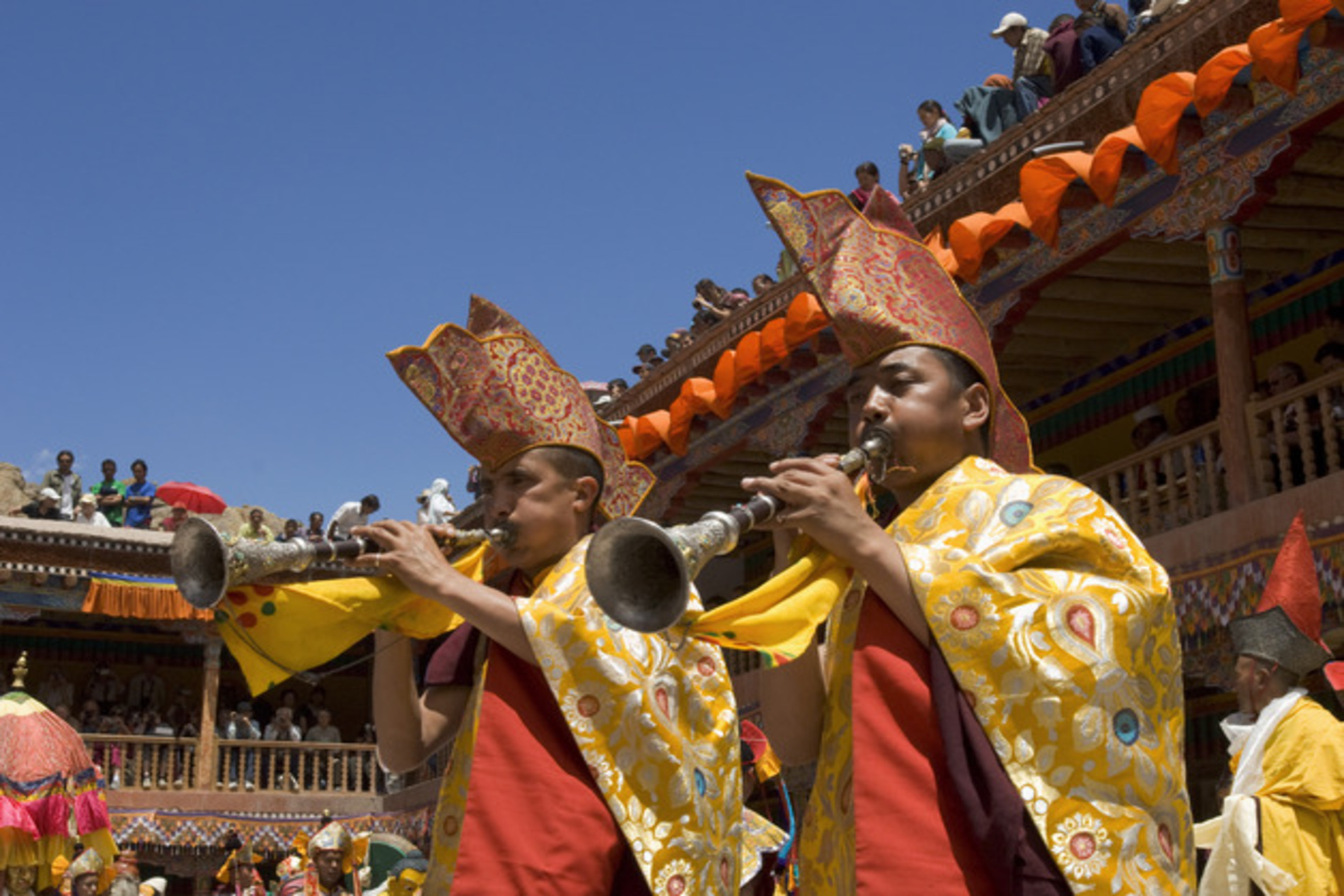
Festivals In Sikkim
As people gather in the courtyard of a monastery the pipes, cymbals and drums begin to play. Then the monk dancers appear clad in flowing robes wearing the wild, colourful masks with fierce faces and weave their magic. The Chaam dances at the monasteries are unforgettable experiences. Chaam Masked Dances Chaam Dances are held every year in all the monasteries. During these performances masked monks wearing elaborate and colourful costumes dance to the beat of giant cymbals and horns. Chaam dances are considered a form of meditation, as an offering to the gods and as a way to teach people the importance of Buudhist values like compassion. Some dances depict the life of Padmasambhava or Guru Rinpoche and other famous Vajrayana teachers.
Below are the dates of the religious masked dances called Chaam.
These are annual festivals held at the monasteries and the dates are all according to the lunar calendar of Tibet:
- Pemayangtse – 28th & 29th of the 12th month of the Tibetan calendar
- Rumtek – Two days prior to the Sikkimese New Year
- Enchay – 18th & 19th day of the 12th month
- Phensang – 28th & 29th day of the 10th month
- Ralong – 28th & 29th day of the 10th month
- Phodang – 28th & 29th day of the 10th month
- Labrang Palden Phuntsok – During the 10th month
Maghey Mela
Held in January this week long festival celebrates the sankranti of the Hindu month of Magh. Fairs spring up everywhere as people take a bath in the rivers Teesta and Rangit. One of the biggest celebrations is in Jorethang in South Sikkim.
Losar
In January, the Tibetan New Year is celebrated all across Sikkim. It is celebrated on the first day of the first month of the Tibetan calendar.
Dentam Rhododendron Festival
In March the three day festival is held at Dentam with a display of flowers.
Ram Navami
In March / April Lord Rama’s birthday is celebrated by the Nepalese community with prayers and visit to temples.
Baisakhi
In April this festival heralds the spring season and the Nepali New Year with cultural programmes and traditional festivities.
Saga Dawa
It is the holiest day of the Buddhist calendar. It is celebrated on Buddha Purnima in May on the full moon of the fourth month of the Tibetan calendar on the day of the birth of Lord Buddha. He also gained enlightenment and achieved parinirvana on this day.
Drukpa Tshechi
DRUKPA TSHECHI: In July this day marks the first preaching by the Buddha at Sarnath. Prayers are conducted at the monasteries.
Thrunghkar Tshechu
In July the birth of Padmasambhava or Guru Rimpoche is celebrated with prayers and visits to monasteries.
Dasain
Also known as Durga Puja it is celebrated for ten days in October when the goddess Durga is worshipped. The last day of Vijaya Dasami also marks Lord Rama defeating Ravana.
Tihar
In November, a fortnight after Dasain is the festival of light called Tihar and also Diwali. People decorate their homes with lights and burst firecrackers.
Loosong
In December people celebrate the end of the harvest season in the tenth month of the Tibetan calendar. At this time there are the famous religious masked dances called Chaam at Enchay monastery.
Find Your Perfect Read
Explore More
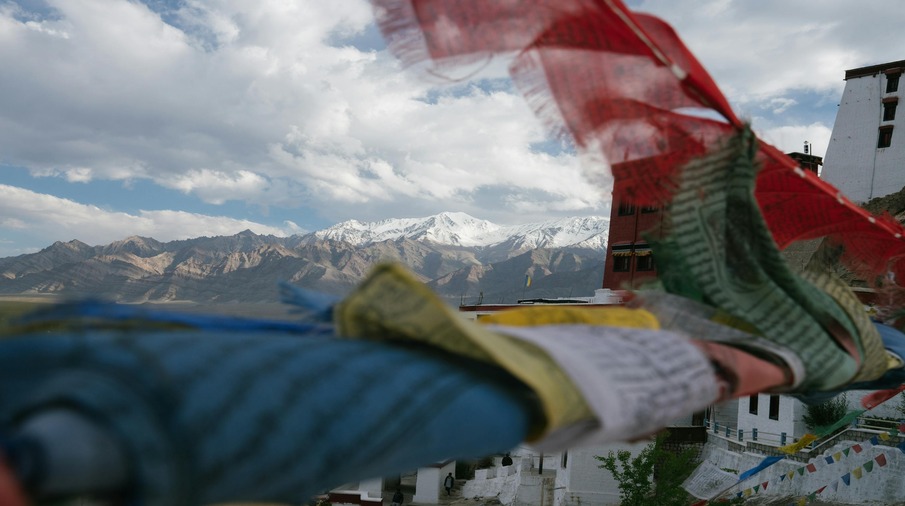
Gangtok
Watch the magic of the Himalayas when the sun rises over the Kanchenjunga range and the snow covered peaks slowly turn a pale pink and then a deeper...
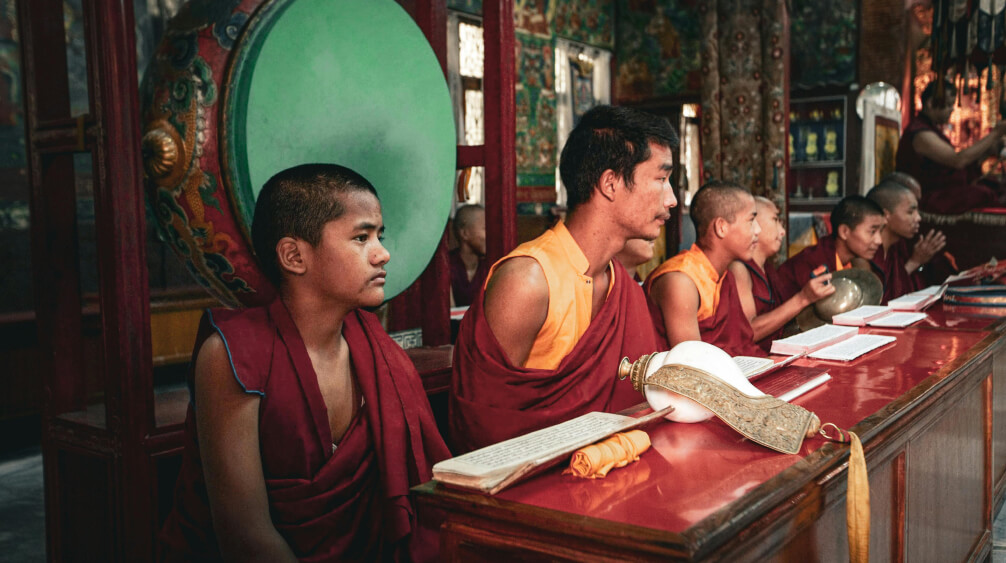
Buddhism in Sikkim
The great teacher Gautama Buddha lived and preached in India over two thousand six hundred years ago. In the fifth century BCE Gautama Buddha walked…
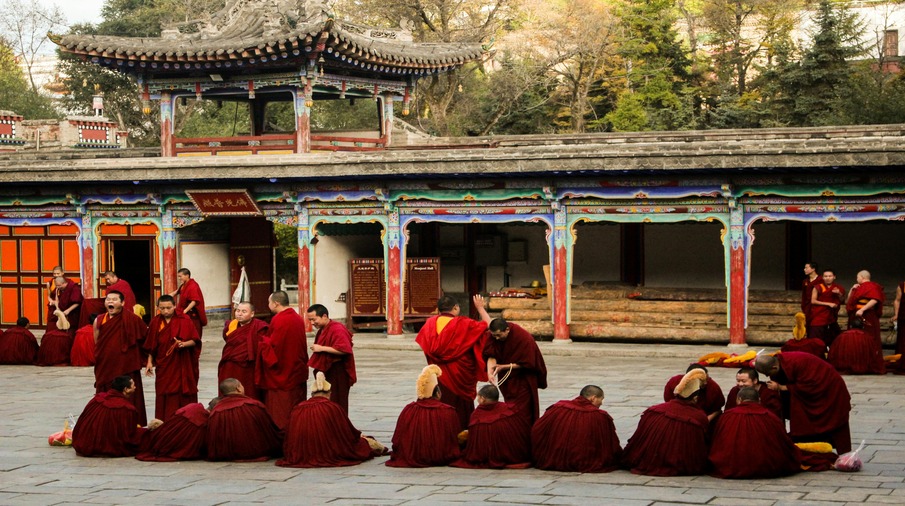
Monasteries
The monasteries or gompas of Sikkim welcome you with an ambience of calmness and peace. The air echoes to the serene chant of mantras...
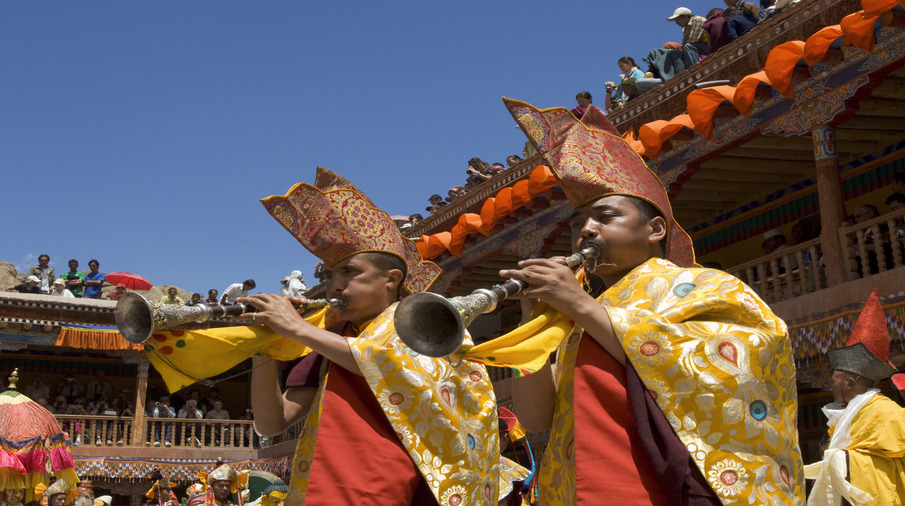
Festivals In Sikkim
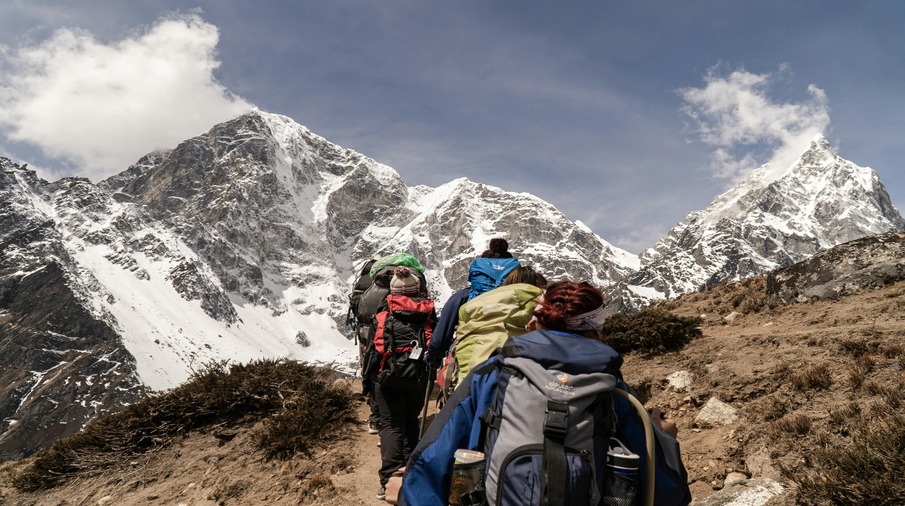
Trekking & Nature
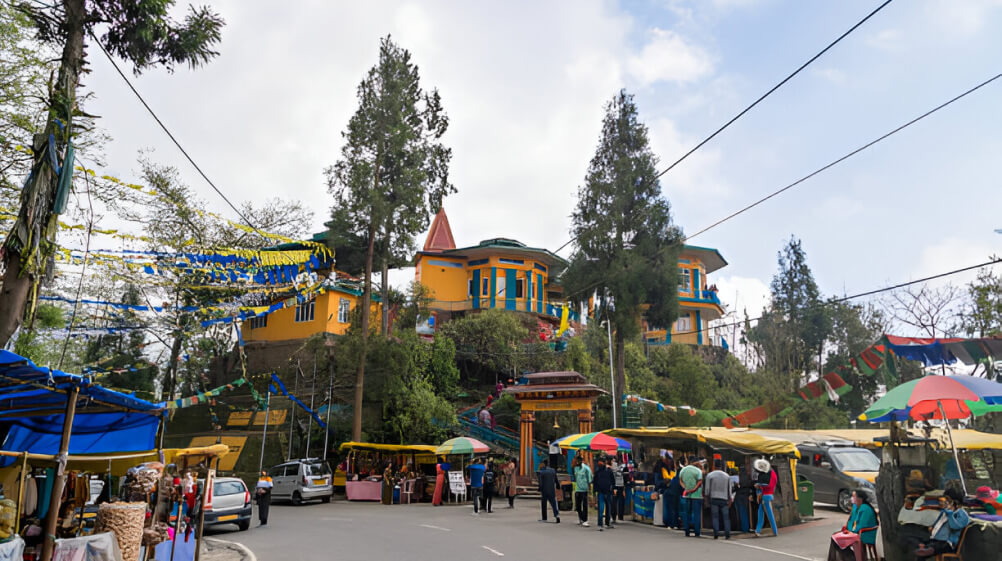
Travelling to Gangtok
Gangtok is located in the eastern Himalayas. It is 97 km north-east of Darjeeling, 114 km north-east of Siliguri and 720 km north of Kolkata. It is a three hour....

